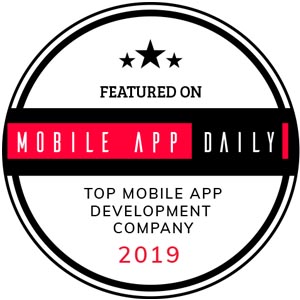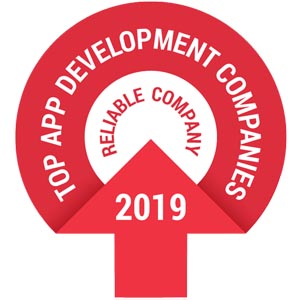According to a study from 2019, it is estimated that nearly 75% of the world will be using only their smartphones to access the internet by the year 2025. In the U.S., 85% of Americans own a smartphone, and more than half own a tablet.
What this means is that your company’s website needs to work effortlessly and seamlessly across a wide variety of devices, not just on desktops and laptops.
This leaves you with two main options: progressive and responsive web apps.
What is the difference between progressive and responsive web apps? Let’s take a look so you can make an informed decision about the best type of web app for your business. Read also: How to build a progressive web app
Responsive Vs Progressive Web App
Technologies are evolving quickly and drastically to ensure that users can have the best possible experience on websites. When you compare responsive vs progressive web apps, you’ll find that they both have their advantages and their drawbacks.
Speed
Both progressive and responsive web apps offer great speed, but progressive web apps tend to be a bit faster. Since they are also compatible with older browsers, PWAs can load faster no matter what device is being used.
SEO and SEM
These days, it isn’t enough to simply have a website. It has to be optimized so your target audience can find your website in the crowded world of the internet.
You can utilize SEO and SEM with both of these types of web apps in a way that helps increase your visibility online.
Offline Capabilities
One of the major benefits of PWAs is that they can store a large amount of data, allowing them to work offline and reduce buffering time. Responsive web apps, on the other hand, need an internet connection to work.
Accessibility
Another advantage that PWAs have over responsive web apps is that they can be saved on a device’s homepage easily. This means that users can access the site without having to open a browser and search for it.
Cost Efficiency
There are also differences in the cost efficiency between these two types of web apps.
Responsive web apps are a more affordable option, and likely suitable for many small businesses. Because they only require one code to work on a variety of devices, responsive web apps are less expensive than PWAs.
PWAs, on the other hand, are developed using multiple coding languages to suit the sizes of different screens. This means that you’re hiring a developer to do a great deal more work, which will end up costing more.
For many companies, the ROI of having a PWA is totally worth it. For smaller brands, though, the best cost efficiency might be found in responsive web apps.
User Experience
Having a seamless and positive user experience is essential to the success of your business. PWAs definitely have a bit of a leg up here, as they can deliver a native-like experience no matter the platform being used. These web apps can look exceptionally developed and rich, offering a sleek and enjoyable experience for your users.
Responsive apps can also offer a great user experience, but they don’t have the same ability to adapt to different devices or unique screen sizes.
Are You Looking For a Custom Progressive Web App Development Company?
You need your site to help make you as visible as possible to your target market while also offering them a flawless experience. While both responsive and progressive web apps can be very suitable for use across devices, there are certainly many additional benefits to PWAs.
Are you looking for a custom web app development company? Contact us today for a quote!

Split Reef is a modern, results-driven digital organization always ready to support clients in their search for digital supremacy. With Split Reef, your budget isn’t going to hold you back from partnering with us to make your project successful. Our offices are located in Columbus, Ohio and Jacksonville, Florida.











One thought on “Difference Between Responsive & Progressive Web App”